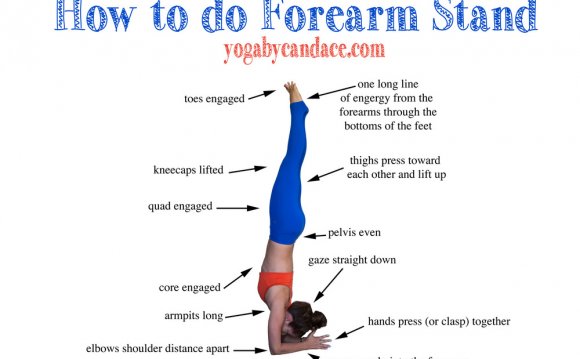
Q: I have been doing yoga for four years and still can’t do an elbow balance. I collapse by going forward until my head hits the wall. I don’t feel it is lack of strength as I can do and Handstand. —Shirley Mahoney
Lisa Walford’s reply:
In Adho Mukha Vrksasana (Handstand), you have a longer fulcrum from the hand to the shoulder, so you can depend on momentum to kick up. In Sirsasana (Headstand) you have a broader base with the forearms and the crown of the head on the floor, so the shoulder muscles get additional support from the upper back muscles, which makes it easier to get up. But keep in mind that even if you can get up in Headstand, the integrity of alignment in the neck can be severely compromised if there is inadequate lift in the armpit and instability in the shoulder girdle. How you get up is as important as being there!
In Pincha Mayurasana (Forearm Stand or Elbow Balance), the actions required of the shoulder are confined to a smaller area, which challenges the flexibility and stability of the shoulder girdle directly. When viewed from the side, the optimal placement should be an even column from the base of the pose through the upper arm, armpit, shoulder, torso, pelvis, and legs. That is, the pose should not collapse in the armpits and then compensate by bending in the low back. Sound familiar–the banana shape?
From your hands and knees, face a wall and place your forearms on the floor. Place a belt or strap just above your elbows so that your forearms remain parallel to each other and shoulder-width apart. Set a block between your hands. These props will help you keep the chest open when you kick up. They’ll also help you to get the stability you need from the serratus anterior, a key muscle that attaches the shoulder blades to the back ribs and from which you can properly distribute weight through the shoulder girdle into the back.









